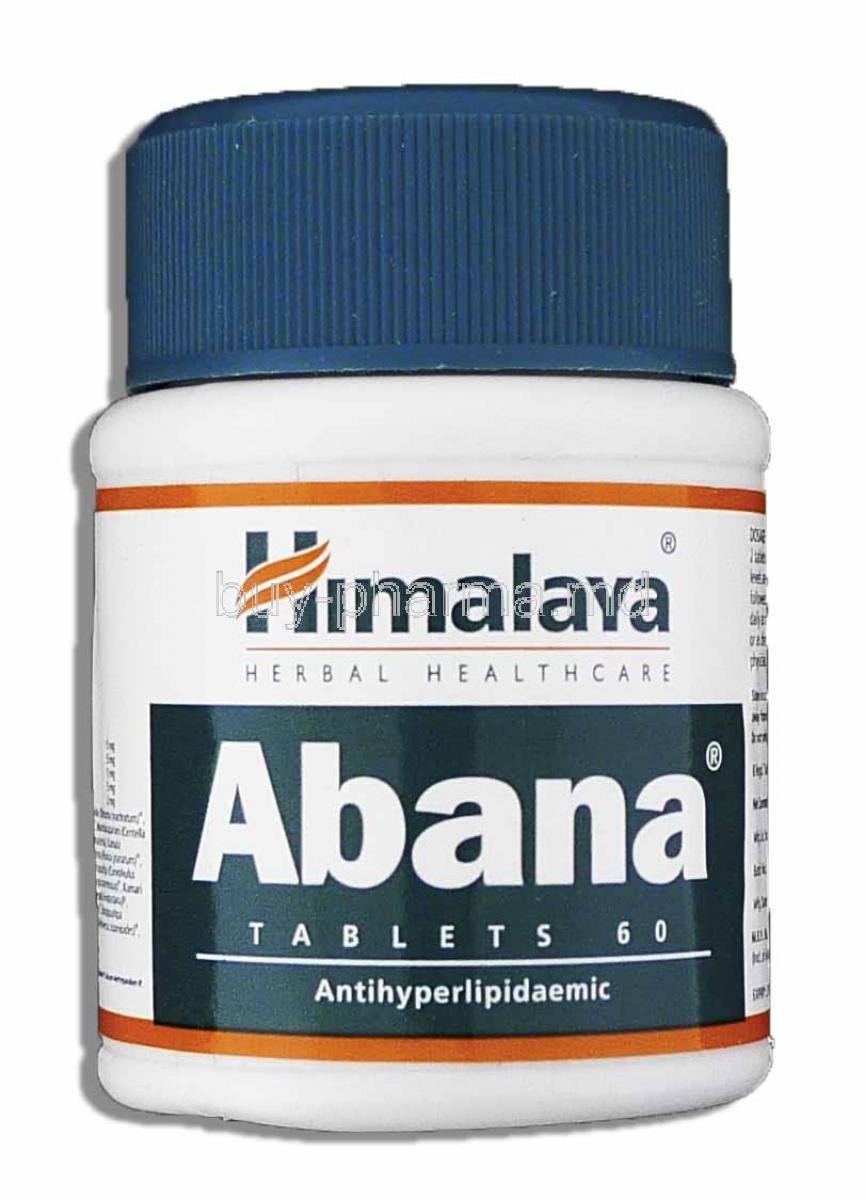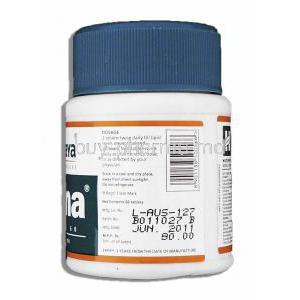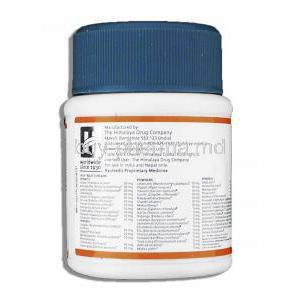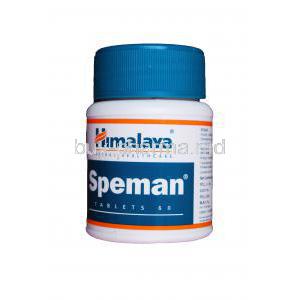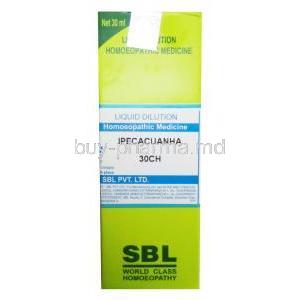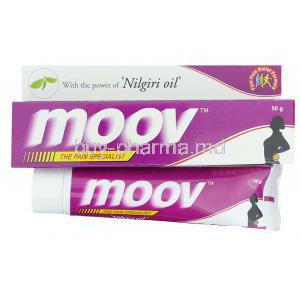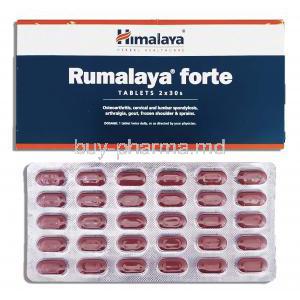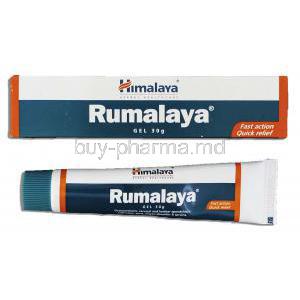1. Introduction to Abana Antihyperlipidaemic
Abana is a polyherbal formulation renowned for its cardioprotective and lipid-lowering effects. Designed to support optimal heart function and regulate blood lipid profiles, it is widely utilized as a natural alternative to conventional antihyperlipidemic agents.
This phytotherapeutic remedy has gained clinical recognition for its role in managing cardiovascular risks, especially in individuals seeking non-synthetic interventions. Originating from the Ayurvedic system of medicine, Abana integrates ancient herbal wisdom with modern scientific validation.
The product is manufactured by Himalaya Wellness, a globally recognized brand specializing in herbal healthcare solutions. Abana is classified as an Ayurvedic proprietary medicine and adheres to stringent regulatory quality benchmarks.
2. Composition and Active Herbal Ingredients
Abana combines multiple botanicals with complementary cardiovascular benefits:
- Terminalia arjuna (Arjuna): A potent cardiotonic with proven efficacy in improving myocardial function and reducing angina symptoms.
- Commiphora mukul (Guggul): Rich in guggulsterones, this resin extract actively promotes cholesterol reduction and triglyceride metabolism.
- Withania somnifera (Ashwagandha): A powerful adaptogen that reduces stress-induced cardiac workload while offering antioxidant protection.
- Nardostachys jatamansi: Known for its calming properties and ability to stabilize heart rhythm and reduce palpitations.
Each component of Abana contributes uniquely to lipid modulation, endothelial protection, and oxidative stress reduction. The synergistic combination allows for multi-pathway intervention in cardiovascular health management.
3. Mechanism of Action: How Abana Works
Abana operates through multiple mechanisms:
- Enhances hepatic lipid metabolism via activation of lipolytic enzymes and suppression of lipogenic activity.
- Neutralizes free radicals and reduces oxidative damage through high antioxidant content.
- Improves serum lipid profile by reducing total cholesterol, LDL, and triglycerides while elevating HDL levels.
- Stabilizes blood pressure and modulates heart rate variability, especially under stress conditions.
This multi-modal approach underpins its efficacy in holistic cardiovascular protection.
4. Approved and Common Medical Uses of Abana
Abana is commonly prescribed or recommended in the following scenarios:
- Hyperlipidemia and dyslipidemia: As a primary or adjunct therapy to lower elevated cholesterol and triglyceride levels.
- Mild to moderate hypertension: Offers vasodilatory effects and helps reduce systolic and diastolic pressure.
- Ischemic heart disease: Improves cardiac output and protects myocardial tissue against ischemic damage.
- Post-myocardial infarction recovery: Enhances myocardial recovery and supports cardiac rehabilitation.
Regular use can contribute to long-term cardiovascular risk reduction, especially when used in conjunction with lifestyle modifications.
5. Off-Label and Emerging Uses of Abana
Beyond its primary indications, Abana has shown promise in several off-label applications:
- Relief from anxiety-induced palpitations and heart rate irregularities.
- Acts as a general adaptogen during periods of physical or emotional stress.
- Potentially useful in managing metabolic syndrome when combined with dietary and exercise interventions.
- Serves as a statin alternative for patients intolerant to synthetic lipid-lowering agents.
- Used preventively in elderly individuals with borderline cholesterol levels to avoid progression to clinical hyperlipidemia.
6. Dosage Guidelines and Administration Instructions
The standard dosage for adults typically ranges from 1 to 2 tablets, administered twice daily after meals. The exact dosage may be adjusted based on lipid profile assessments and individual response.
Most users report initial improvements in lipid parameters within 4 to 8 weeks of consistent use. It is available in oral tablet form and should be swallowed with water, not chewed or crushed.
In the event of a missed dose, the patient should take it as soon as remembered, unless it is close to the next scheduled dose. Double dosing should be avoided.
7. Administration in Special Populations
7.1 Use in the Elderly Population
In elderly patients, Abana should be administered cautiously due to possible polypharmacy interactions. Dose adjustments may be necessary due to altered hepatic metabolism. Regular monitoring of blood pressure and lipid profile is advised.
7.2 Use in Pregnant Women and Nursing Mothers
Although no teratogenic effects have been reported in animal studies, caution is advised during pregnancy. There is limited data on herbal constituent transfer via breast milk; thus, nursing mothers should consult a healthcare provider before use.
7.3 Use in Pediatric Patients
Abana is occasionally prescribed for adolescents with hereditary or dietary-induced hyperlipidemia. Safety data in children under 12 years is insufficient, and pediatric use should be supervised by a physician.
8. Possible Side Effects of Abana
8.1 Common Side Effects
While generally well-tolerated, some individuals may experience:
- Mild gastrointestinal discomfort such as bloating or nausea
- Dizziness, especially during the initial days of use
- Fatigue or altered sleep patterns
8.2 Rare and Serious Adverse Reactions
- Allergic reactions, including rash, itching, or swelling, particularly in individuals sensitive to herbal components
- Elevation in hepatic enzymes with prolonged use
- Hypotensive episodes when used alongside prescription antihypertensive medications
Patients are encouraged to report any persistent or concerning side effects to a healthcare professional promptly.
9. Drug and Herbal Interactions
While Abana is a natural formulation, it can interact with both pharmaceutical drugs and other herbal supplements. Awareness of these interactions is essential for ensuring optimal therapeutic outcomes and avoiding adverse reactions.
- Statins: Co-administration may enhance lipid-lowering effects, increasing the risk of excessively low cholesterol levels. Periodic lipid profiling is recommended to avoid overcorrection.
- Antihypertensives: Abana may potentiate the action of beta-blockers, calcium channel blockers, and ACE inhibitors, possibly leading to hypotension.
- Anticoagulants: Some herbal ingredients may exhibit mild antiplatelet activity, potentially enhancing the effects of warfarin or other blood thinners. Coagulation profiles should be monitored when used concurrently.
- Herbal Supplements: Synergistic effects may occur with herbs such as garlic, hawthorn, or red yeast rice. These combinations may further modulate blood pressure and cholesterol.
To mitigate risks, it is advisable to space Abana at least 1–2 hours apart from other medications. Consultation with a healthcare provider is crucial when integrating multiple therapies.
10. Contraindications and Situations to Avoid Use
Despite its herbal origin, Abana is not suitable for every individual. Specific conditions require complete avoidance or strict medical supervision:
- Hypersensitivity: Any known allergy to Abana's ingredients—particularly guggul or arjuna—constitutes a contraindication.
- Severe hepatic or renal dysfunction: Impaired metabolism or excretion may lead to accumulation of active phytoconstituents, causing toxicity.
- Pregnancy without supervision: Use during pregnancy should be avoided unless advised by a healthcare professional, due to insufficient safety data.
- Concurrent prescription lipid-lowering agents: When used with statins or fibrates, clinical monitoring is essential to prevent compounded effects or hepatotoxicity.
11. Precautions and Considerations for Safe Use
Safe integration of Abana into a long-term wellness regimen requires vigilance and informed decision-making:
- Routine lipid monitoring: Regular assessments of cholesterol and triglyceride levels ensure therapeutic effectiveness and safety.
- Chronic diseases: Individuals with diabetes, thyroid disorders, or cardiovascular illnesses should use Abana under medical guidance.
- Sensitive individuals: Initiate treatment with the lowest effective dose, gradually titrating upwards based on tolerance and response.
- Alcohol: Concurrent alcohol intake may negate the lipid-lowering benefits and place undue strain on hepatic function.
12. Overdose and Emergency Management
Although rare, overdose of Abana may occur due to unintentional consumption or improper dosing. Recognizing the symptoms early is vital.
- Symptoms: Hypotension, lightheadedness, profound fatigue, and excessive sedation are common manifestations.
- Supportive Care: Treatment is largely symptomatic, involving fluid resuscitation, blood pressure monitoring, and cessation of the product.
- Emergency Action: Immediate medical evaluation is warranted if symptoms are severe or prolonged, especially in elderly or comorbid patients.
13. Storage and Handling Instructions
Proper storage preserves the efficacy and safety of Abana tablets:
- Store at a controlled room temperature, ideally between 15°C and 30°C.
- Keep away from direct sunlight, excessive moisture, and heat sources.
- Always check the expiration date before use; do not consume past the indicated shelf life.
- Store out of reach of children to prevent accidental ingestion.
14. Handling Precautions and Product Integrity
Maintaining the product’s integrity safeguards its therapeutic properties:
- Inspect packaging for signs of tampering, damage, or discoloration before each use.
- Do not use tablets with an unusual odor or altered appearance.
- Unused or expired medication should be discarded following local pharmaceutical disposal protocols—do not flush or burn.
- Avoid touching tablets with wet hands to prevent contamination and degradation.
Strict adherence to storage and handling instructions ensures the continued safety, potency, and reliability of Abana throughout its intended use period.
Abana Antihyperlipidaemic FAQ
What is Abana medicine used for?
Lower levels of lipids in the body by reducing cholesterol and triglyceride concentrations.
Is Abana good for fatty liver?
Lower cholesterol levels, as seen in hyperlipidemia cases, involve reducing overall cholesterol levels by breaking down lipids in the liver to decrease free fatty acid levels.
What is the best time to take abana tablets?
Please take 1 to țwo tablets twice a day after eating. Follow the instructions of your healthcare provider.
How do you eat Abana tablets?
Remember to take two Himalaya Abana tablets and swallow them with a glass of water without crushing or chewing them.
Is Abana good for cholesterol?
Yes
Does Abana really work?
Yes
What abana contains?
Arjuna (Arjuna), Indian Bdellium (Guggul)
What is the mechanism of action of Abana tablet?
Abana works by adjusting lipid peroxidation and boosting detoxifying enzyme functions in the body, while isoproterenol-induced myocardial infarction serves as a model for assessing the effectiveness of treatments.
Is Abana good for heart?
It appears that Abana may help lower the strain on the heart before and after pumping and enhance its ability to relax and pump efficiently in cases of heart disease.

